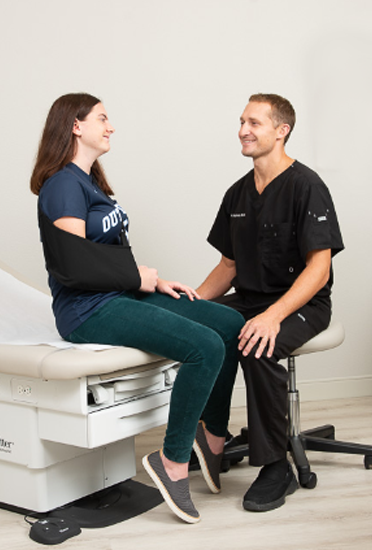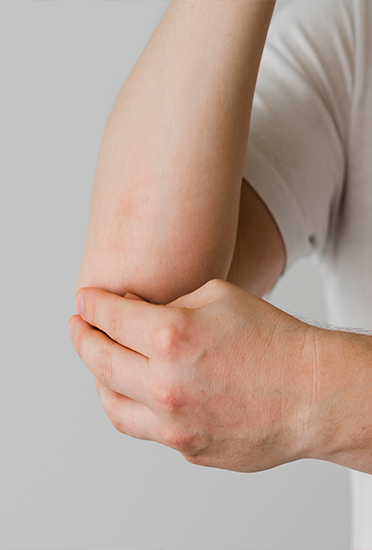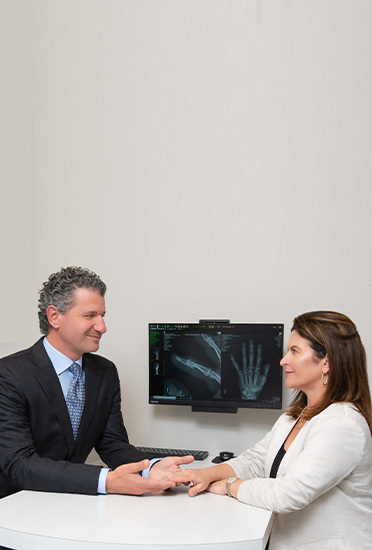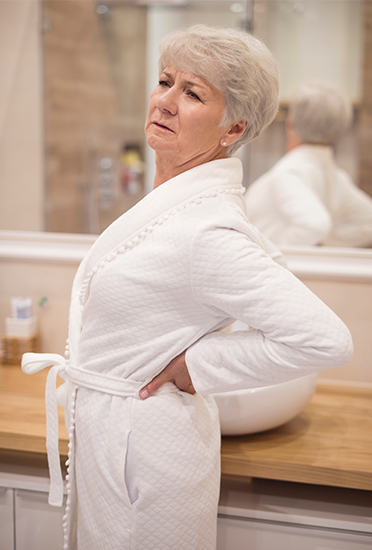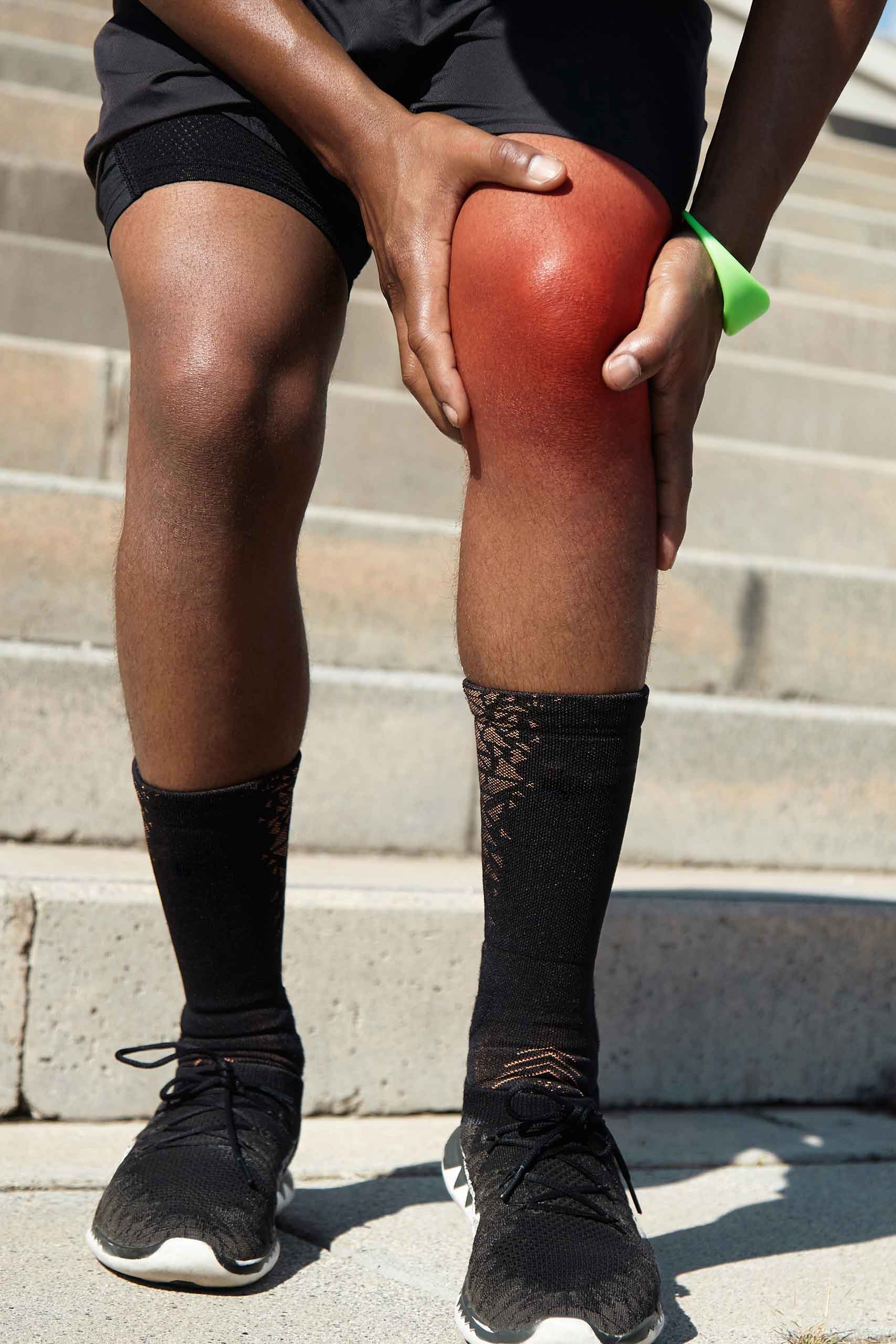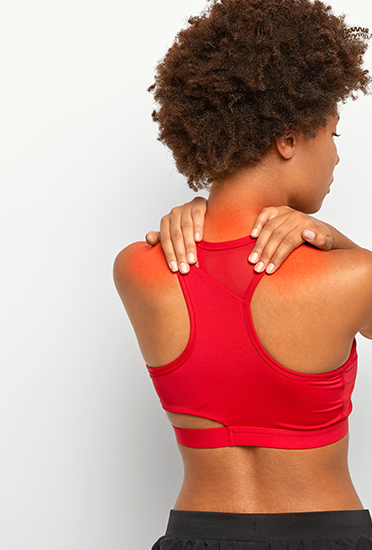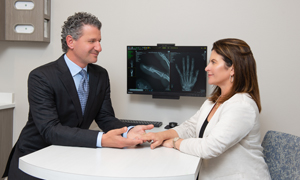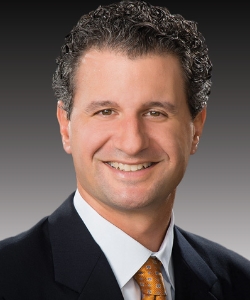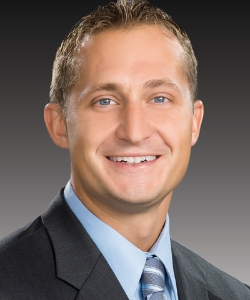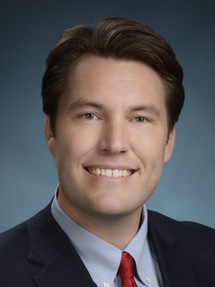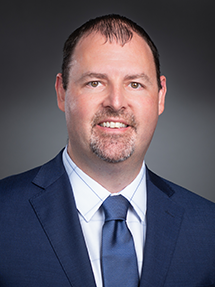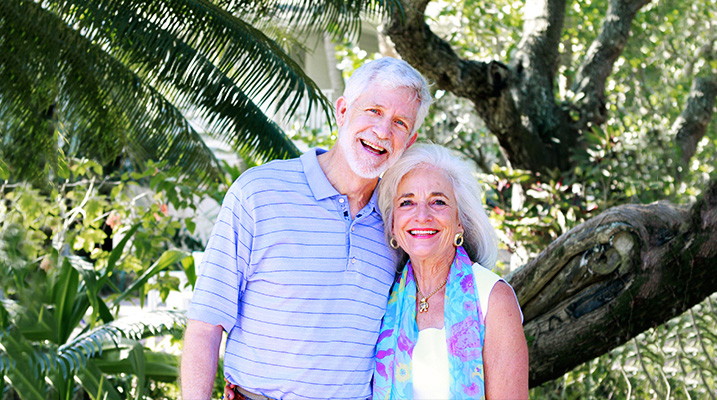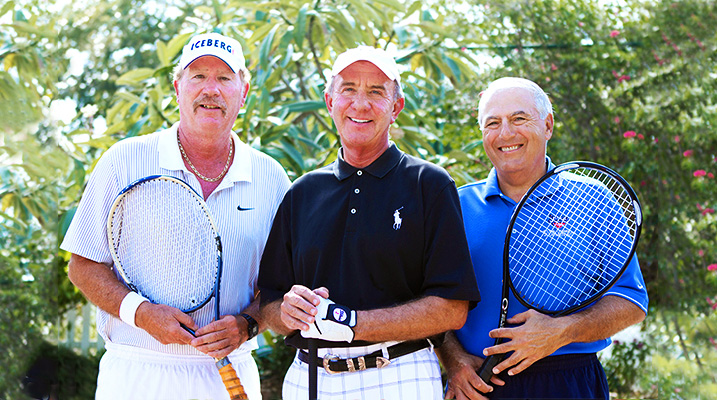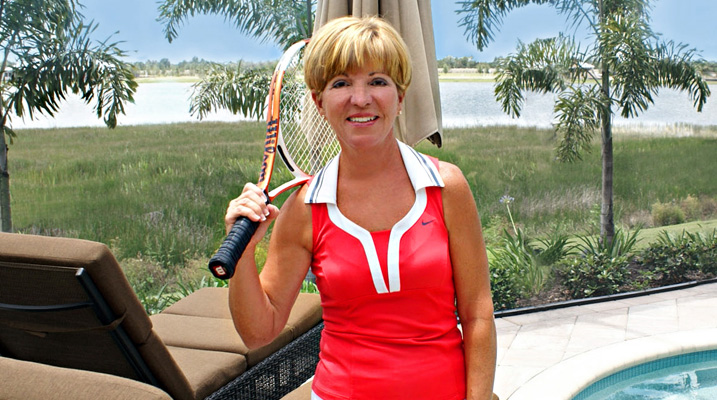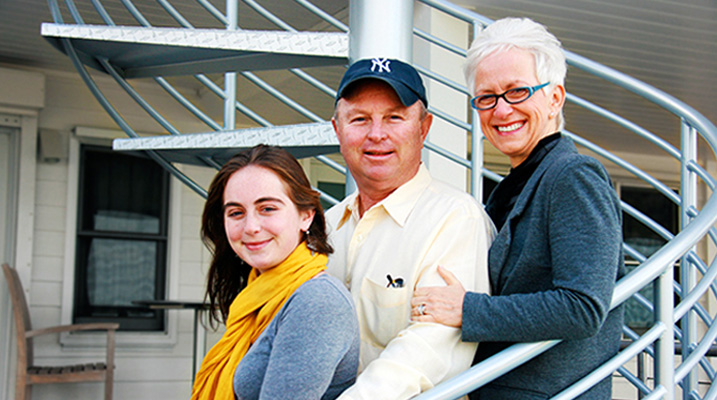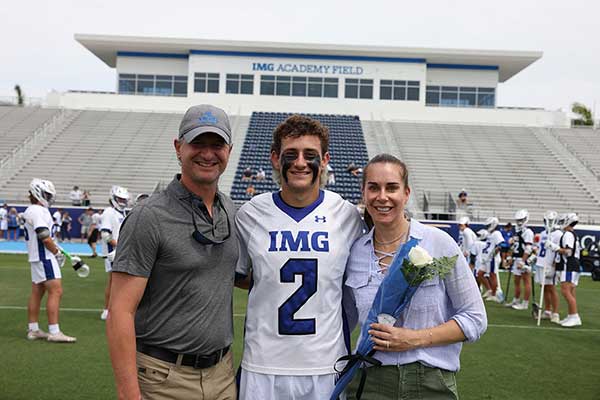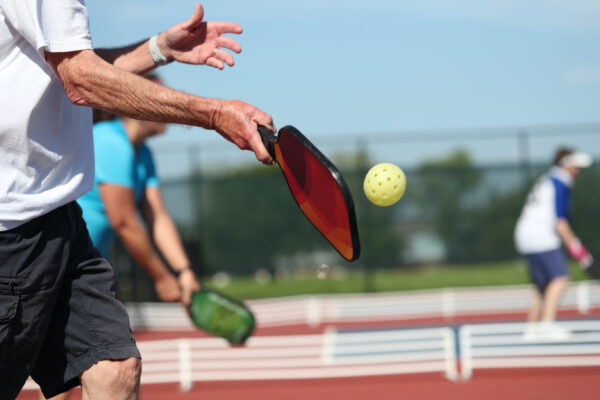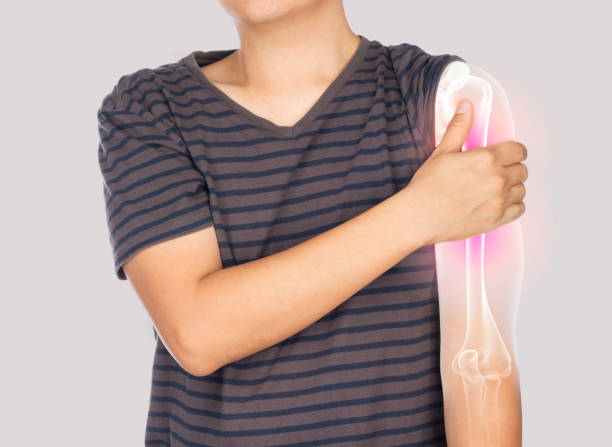Arthroscopic Labral Repair
Your shoulder is made of three bones; the clavicle {collar bone}, humerus {upper arm bone} and the scapula {shoulder blade}. The head of the humerus will rest in the glenoid, a shallow socket on your scapula. Since the humerus’ head is larger than the glenoid, a soft tissue called the labrum surrounds the glenoid to stabilize and deepen the shoulder joint.
The labrum makes your shoulder joint secure yet flexible to allow a range of motion in your shoulder joint. A tear to the labrum commonly following repetitive shoulder movements or trauma will thus make the shoulder joint weak, painful, and unstable. It also predisposes patients to recurrent shoulder dislocations as the shoulder joint will not be firmly in place.
Arthroscopic labral repair is a surgical treatment for labrum tears. Like in other shoulder arthroscopy treatments, a surgeon will insert an arthroscope, a small camera, into your shoulder joint during the procedure. This camera guides the surgeon on how to use miniature instruments to repair the tears to the labrum. When you come to Sforzo I Dillingham I Stewart Orthopedics, you can directly connect with Dr. Christopher Sforzo and Dr. Christopher Dillingham, two of the best surgeons in the industry offering quality Arthroscopic labral repair treatment to patients.
The Process of Arthroscopic Labral Repair for Shoulder
Here are the two common types of labral shoulder tears that our doctors described:
- SLAP {superior labrum anterior to posterior} lesions occur above the center of the glenoid and involve your bicep tendon attachment.
- A Bankart lesion happens below the midpoint of the glenoid and includes the anterior inferior labrum glenohumeral ligament glenohumeral ligament
They also classified SLAP tears as follows:
- Type I is characterized by the superior fraying of the labrum and localized degeneration.
- Type II is characterized by a detached biceps anchor/superior labrum from the glenoid.
- Type III has a bucket-type tear on the superior labrum with the biceps anchor intact.
- Type IV is characterized by a bucket-type superior labrum tear extended into the biceps tendon.
Arthroscopic surgical repair for shoulder tears is meant to repair a torn labrum to the glenoid bone. If the biceps tendon is also torn, the doctor will repair it through a process known as tenodesis. Here are typical steps of arthroscopic labral repair process for different shoulder tears that Dr. Christopher Sforzo of Sforzo I Dillingham I Stewart Orthopedics explained:
Administration of a nerve block lasting 12-18 hours on the surgical area.
- Administration of general anesthesia.
- Testing of your shoulder movement without muscle resistance.
- A camera is placed through an incision on your shoulder to check the state of the structures in it.
- The torn labrum is sewn to the surrounding bone using implants known as suture anchors. These are special screws connected to sutures. The anchor is placed into your bone while the sutures sew your labrum. The suture will hold the torn labrum in place until you fully heal.
What to Do and Not Do After Arthroscopic Labral Repair for Shoulder
The success rate of arthroscopic labral surgery is high, with one study finding that favorable outcomes were expected in most patients after the procedure. The average arthroscopic labral repair recovery time is 16-24 weeks.
After arthroscopic labral repair, there are several instructions you should follow to guarantee optimal healing. For instance, you should keep the affected shoulder in a sling for 3-4 weeks and sometimes perform passive, gentle exercises to retain your shoulder’s range of motion. To ease your understanding of the instructions, the postoperative period instructions are divided into the following phases:
Phase 0: 0-2 weeks
When you awake from surgery, you will find an ice pack and sling in place to relieve your discomfort, as advised to your doctor. Most centers discharge patients who have undergone arthroscopic anterior labral repair after 1-2 hours of the operation. At this time, our objective is to protect your repaired labrum, control swelling, and start early shoulder motion.
Sforzo Dillingham Stewart Orthopedics advise when you get home:
- Apply ice to your surgical area to reduce swelling and pain. You can get a smaller dressing than the one you had from the hospital to allow the cold to reach your shoulder easily.
- Remove your sling the next day after your procedure. Move the fingers, hand, and elbow several times daily to maintain joint motion.
- Start pendulum exercises multiple times daily. These involve bending at the waist and swinging your arm in circular motions like in the diagram below.
- Remove your outer dressing after the second post-surgery day for a shower. However, do not soak your wound in a tub.
- Visit your doctor ten days after your operation for examination.
Phase 1: 2-4 weeks after surgery
At this point, the goal is to prevent shoulder stiffness and guarantee optimal wound healing in addition to the objectives of phase 0. Here are the steps to achieve this:
- Use your sling and only remove it 4-5 times daily for pendulum exercises.
- Extend your operated arm in front of the body but do not raise it above your head.
- You can wash the operated site but do not soak it in water.
Phase 2: 5-7 weeks after surgery
At this time, our goal is to protect the surgical site and improve your shoulder’s range of motion. You no longer need a sling but can use it to boost your comfort. The operated arm can also be moved to handle activities of daily living. However, you should not lift objects that weigh more than 1-2 pounds with the operated arm.
Phase 3: 8-12 weeks after surgery
At this time, continue using your operated arm for activities of daily living, but you cannot still carry anything above 1-2 pounds. Start exercising the arm to improve your shoulder’s range of motion but stay off forceful pulling or pushing activities since these can disrupt your healing process.
Phase 4:12-16 weeks after surgery
After 12-16 weeks, you can gradually initiate functional activities and ensure your shoulders maintain their full range of motion. Continue exercises to achieve full comfort with shoulder motion and muscular strength of 75-80% on your contralateral side. At this time, pain and tenderness at the surgical site should have been resolved.
What Are the Signs and Symptoms of a Labral Tear?
Some conditions are challenging to recognize from their symptoms, but labral shoulder tears are easy to pick from distinct symptoms. Below are the typical symptoms of the condition.
As per Dr. Christopher Sforzo and Dr. Christopher Dillingham, pain is described as deep achy pain inside the shoulder. You might feel pain on the back of your shoulder as well if your biceps tendon is also torn. In addition, prolonged sitting, activities that raise your arms, walking, and pivoting can aggravate the pain.
- Feeling of instability. The shoulder sometimes feels weak and could sometimes ‘’pop-out’’ of place. Lifting weights can feel like a challenge even for experienced people with labrum tears.
- Locking. This feels like your shoulder joint is locked in one place when you move, thus decreasing its range of motion.
- Clicking. Some patients report clicking, popping, or grinding with a shoulder labral tear. The medical term for these symptoms is crepitus.
- Catching. With this symptom, you feel like something is stuck in your shoulder joint or blocking its motion.
You might not think much of these symptoms. However, a study on arthroscopic hip labral repair recovery indicated that prolonged symptoms lead to poor postoperative outcomes. This might be the same case with shoulder labral repair recovery, so prompt medical intervention is essential.
Arthroscopic Labral Repair Rehabilitation
After your arthroscopic labral repair procedure, you will undergo rehabilitation to ensure your shoulder returns to its pre-injury state. You will need a sling for 3-4 weeks, along with gentle passive exercises to maintain your shoulder’s range of motion. After the sling is removed, your doctor will recommend flexibility exercises and eventually strengthening exercises.
Athletes who undergo arthroscopic shoulder labral repair can often engage in sport-specific exercises about twelve weeks after surgery. The shoulder will, however, take approximately six months to heal fully. Always follow a doctor’s rehabilitation protocol for uneventful healing after your surgery.

